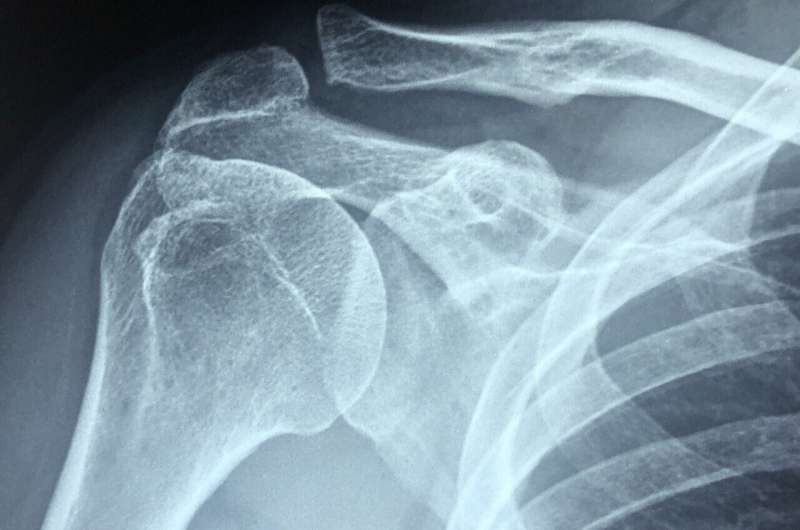This article has been reviewed according to Science X's editorial process and policies. Editors have highlighted the following attributes while ensuring the content's credibility:
fact-checked
trusted source
proofread
Optimizing tissue engineering in rotator cuff repair

Retear and failure to heal are significant post-operative complications in rotator cuff repair surgery despite the use of commercially available rotator cuff repair grafts. Advances in tissue engineering have demonstrated that mesenchymal stem cells (MSCs) and growth factors (GFs) enhance the regeneration of rotator cuff tendon-to-bone insertion in animal models, as described in an article published in the journal Tissue Engineering Part B: Reviews.
The article explores the gap that currently exists between the promising biological factors that have been investigated in animal models and the rotator cuff repair grafts that can be used in the clinical setting.
The medical literature suggests that following rotator cuff surgery, retear rates can range from 29.5% to as high as 94%.
Yunzhi Peter Yang, Ph.D., and colleagues from Stanford University, state that studies in animal models that delivered MSCs and GFs to the site of rotator cuff tear enhanced repair and lead to greater mechanical strength. Grafts that incorporated MSCs and GFs enhanced anti-inflammation, bone formation, and cartilage tissue formation.
"It is crucial that the techniques, which have shown success in animal models, are incorporated into the clinical setting," state the authors. "Future rotator cuff repair grafts must allow for stable implantation and fixation, be compatible with current arthroscopic techniques, and have the capability to deliver MSCs and/or GFs."
"This review manuscript offers a comprehensive overview of the existing literature on this important topic, which provides an important roadmap for our readership," says Tissue Engineering Part B Co-Editor-in-Chief Katja Schenke-Layland, MSc, Ph.D., Eberhard Karls University Tübingen.
More information: Maxwell Durtschi et al, Optimizing Tissue Engineering for Clinical Relevance in Rotator Cuff Repair, Tissue Engineering Part B: Reviews (2024). DOI: 10.1089/ten.TEB.2023.0320


















